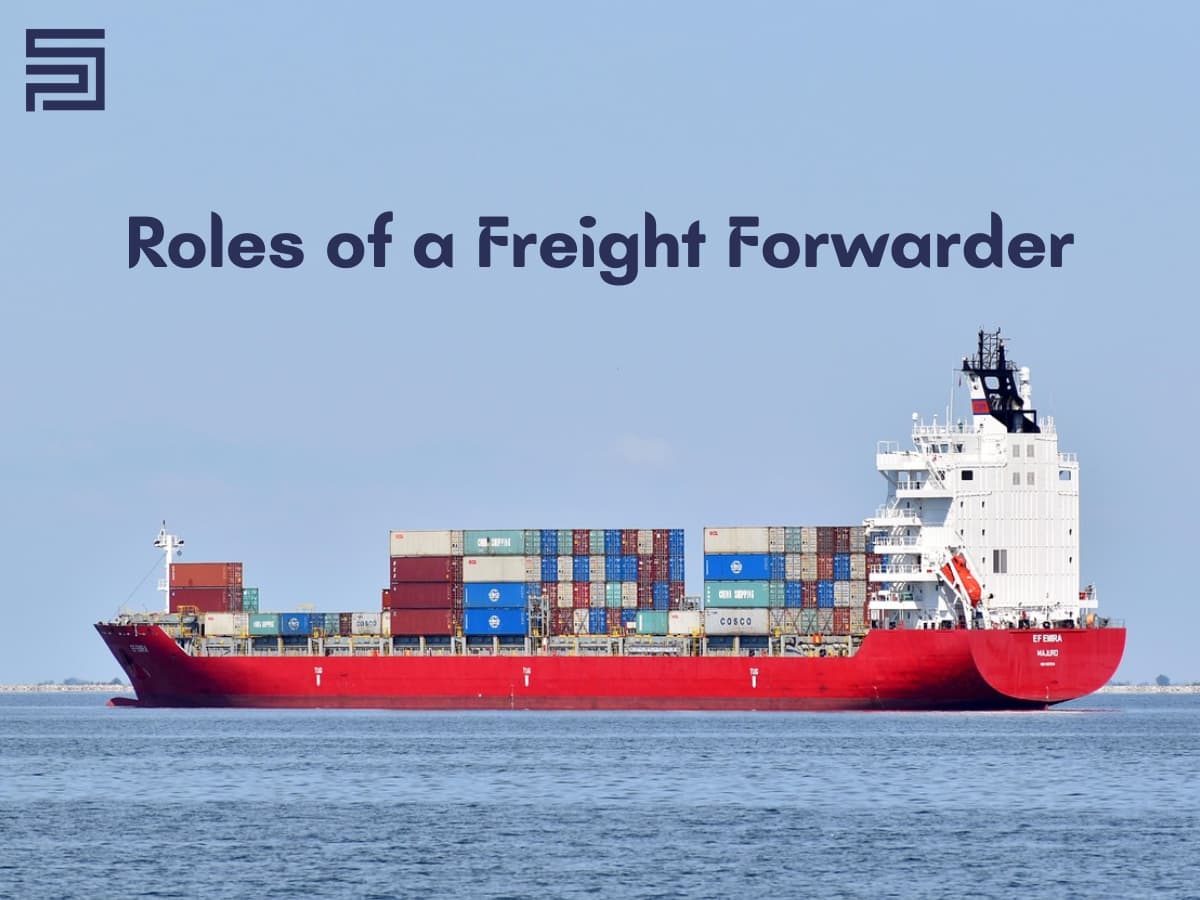Freight rates are hardly stable, constantly changing from time to time due to certain factors beyond the shipper's control. Logistics and supply chain providers must understand the factors that affect freight rates so they can have plans that will accommodate these changes without damaging the financial base of the business while ensuring customer satisfaction.
International shipping is usually cost-intensive and affected by numerous laws and regulatory authorities, significantly impacting freight rates.
UNDERSTANDING FREIGHT RATES
The freight rate is the price at which cargo is delivered. The price is influenced by the form of shipment, the transportation mode (truck, ship, train, aircraft), cargo weight, and the distance to the delivery destination. Many shipping services, especially air carriers, use the dimensional weight to calculate the price, which considers both the weight and volume of the cargo.
Some factors that impact freight rates include:
1. Distance:
The longer the distance between the origin or pick-up point of the package and the destination, the higher the shipping cost. A shipper cannot influence the distance but can utilize specific hacks such as adding fulfilment centres to areas where they deliver most frequently, cutting down on the number of deliveries to outlying areas, and holding deliveries until trucks are at full capacity. These are all ways to help cut freight costs and maintain the overall transportation budget. He can also choose a more affordable shipping option, such as ocean freight instead of air freight, to save costs.
2. Package dimension, weight, and density:
A package's dimension, weight, and density are crucial factors that determine freight rates irrespective of the freight option. Weight and density impact freight class, which, in turn, impacts freight costs, especially air freight, where the freight cost is calculated using the weight (kg) of the package. The larger or broader a package, the heavier and more expensive it gets.
With ocean freight, it's about the dimension of the box since it is calculated by cubic centimetres (CBM). While the weight of a package cannot be altered, the size of the package can be manipulated to an extent by choosing a smaller or fitted packaging box. A well-fitted packaging can also help to minimize the risk of damage in transit.
3. Seasons:
The supply chain is impacted by seasonal changes all year round, and these seasonal fluctuations go a long way to affecting freight rates. With higher demands come higher costs. When transportation becomes a high priority, rates move up due to the increase in demand. There are four shipping periods:
- The "Quiet" Shipping Season (January – March): Freight demand is low at this point and capacity is sufficient. During this period, finding available trucks and workforce and negotiating lower rates is easier.
- The Produce Shipping Season (April – July): this happens when truckload shipping of fresh produce starts. Therefore, the capacity becomes scarce as carriers focus on hauling fruits and vegetables.
- The Holiday Shipping Season (November – January): This season is characterized by high demand for shipping due to holiday shopping, leading to higher market rates and increased pressure on the freight market.
- The Peak Shipping Season (August – October): This season is the busiest, with high demand and reduced capacity. Rates are typically highest during this period, and carriers may hesitate to accept shipments that involve long-haul trips or require special handling.
4. Freight Method:
A business's freight method is a major determinant of the amount the company will spend on freight. There are air, sea, land, and rail freight. It is a well-known fact that though air freight is faster, its rates are higher than the sea option. However, it is slower than the other modes of shipping. In this case, decision-making should be based on priorities and expectations.
5. Accessorial Charges:
Accessorial charges are fees for additional services the carrier performs beyond pick-up and delivery, such as loading, unloading, packing or unpacking, lift gates, detention, and layovers. A carrier can also charge fees for waiting time or delays at the loading dock. These unplanned fees are invoiced after the shipment is complete.
6. Freight Demand:
The Supply chain demand changes occasionally, impacting freight rates. For example, if stocks of products are limited yet in high demand, manufacturers may be inclined to sell these items with shipping fees at a high price.
7. Customs Duty:
Custom duty is a normal process in international shipping. When a business regularly caters and ships packages to international customers, it will deal with many strict customs regulations from the countries of origin and destination. By implication, they will have to pay extra fees that vary from country to country and frequently change. Shippers should be considerate enough to include such information in their shipping policies.
Most of the time, businesses that use the services of supply chain service providers are seriously affected by the regular fluctuation of shipping rates, and some end up getting knocked out of business. However, partnering with a trusted shipping and logistics company will be a game changer for any business that wants to save time and money and remain afloat.
At SARA PROCUREMENT SERVICES LIMITED, we prioritize our clients' freight needs and go above and beyond to ensure they get competitive freight rates.
Visit the office to discuss supply chain management at 3 Fatai Irawo Street, Ajao Estate, Lagos.
Please send us an email regarding freight costs at hello@chinatolagos.com. Contact us today.
Oh, and we are Social!
Follow and connect with us @saraprocure on Twitter, Instagram, and Threads.






Comments
Insightful
Posted by Adeola Adebayo on Sep 22, 2023Please log in to leave a comment.